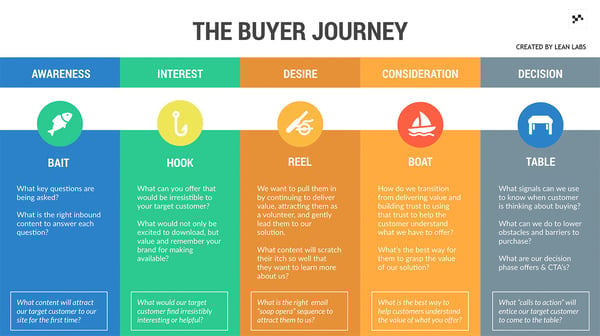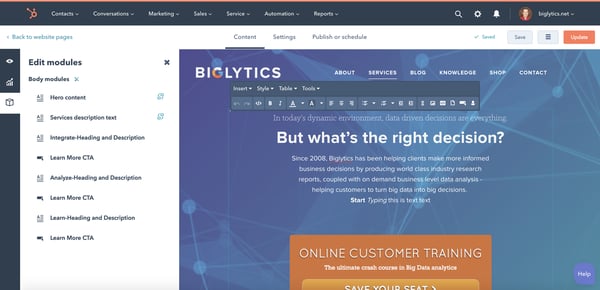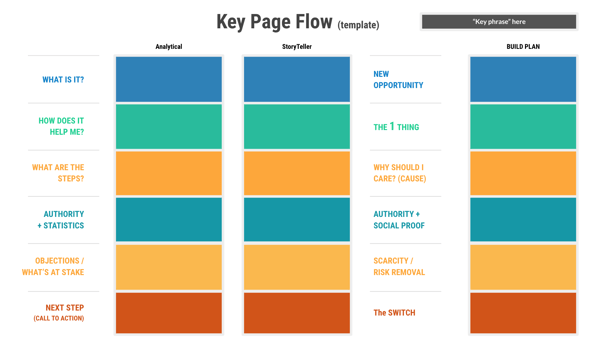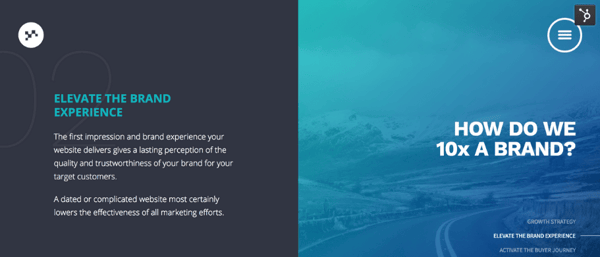One of my fondest high school memories is driving around in my best friend’s car.
She drove a pearl Toyota Corolla, a car that endured constant trips to the movies and late-night drives down back roads. It wasn’t the most exotic car, but it got her around. And if I recall, it lasted well beyond her college years.
I often make comparisons to the Toyota Corolla when I’m talking about the websites we work on because they have the same characteristics. They’re reliable and affordable. A lean, high-performance website (and Corolla) are all you need. And despite lacking bling, they have all the foundational elements you need.
But of course, when you’re doing a new website design (or getting a car), something simple and reliable doesn’t always seem that exciting.
It’s tempting to invest in something flashier and add a lot of bells and whistles. You want to build a site that’s going to be memorable and get attention. In my experience, a lot of companies prioritize these extras over more critical elements of website design and waste a lot of time and money doing so.
You might get a prettier website, but you may not get a site that converts traffic.
Get The Best Converting Website Design Without Overspending
The key to getting a high-converting website without blowing your budget on the extras is one critical step: your strategy. A strong website strategy focuses on your customer’s primary challenges and results in a site that will convert like crazy.
Here are the steps we use to keep our websites lean and laser-focused on providing value to your customer.
DESIGN FOR THE BUYER JOURNEY
You’ve probably seen a few websites that went right to the point and tried to get you to sign up for a demo or free trial. But in the beginning, customers aren’t necessarily ready to make that kind of commitment. They need an offer and messaging that meets them where they are.
The right buyer journey will help you ensure you're covering the right points at every stage.
Prioritize Function
When you’re building a new website or improving your existing site, one of the most critical decisions you’ll make is your Content Management System (CMS). If it’s your first time launching a website, you evaluate HubSpot vs. WordPress to cut down on costs. And if you already have a WordPress or Wix, it can seem too complicated to change to another platform.
But after you finish your website design and move into design and development, you’ll start racking up costs. There’s the extra time you will spend on plug-ins and widgets and custom coding. Then, after launch, there are the additional platforms you’ll need to cover gaps like email marketing and social media.
Over time, all of that time adds up.
While I’m biased because I use HubSpot for work, but for my own site, I’m still on WordPress. I would in a heartbeat, if I could afford it. Because HubSpot isn’t bulky or complex and offers all of the marketing, sales, and reporting services you need.
START LEAN
In my experience, aside from your homepage, there are only around 3-5 key pages you really need on a new website. They can include conversion pages, content pillar pages, essential buyer journey pages, and legalese pages. Any other pages can wait. Because while content is important, bulkier websites aren’t always better.
However, when you start with only build the pages you need, you can launch, get results, optimize, and build out from there.
Focus On Your Customer
My favorite tool to use during website projects to ensure we’re staying customer-centric is a customer journey map. The customer journey map is a template that puts you in the customer’s shoes and keeps you focused on their problem. Because when you focus on your customer’s problem, you’re actually focusing on a very clear objective: to guide and nurture them towards a solution. And if you lose focus from that problem, you risk complicating their journey with unnecessary steps.
These extra pages and features might be nice, but they’re not entirely necessary to support the customer experience.
Put The Website Content First
Often, people will focus on design and allocate most of their budget to it. But if you want a high-converting website, the better move is to invest in creating the best possible flow and the right messaging. The right messaging will attract the right audience, and an intuitive flow with engaging conversion points will keep them moving towards becoming a customer.
I’d recommend allocating 50% of any budget for content, 25% for strategy, and about 20% toward design.
Creating A High-Converting Website Design
A part of having a customer-centric website is the right strategy and content. But it’s also essential to make your site easy to use. If you have HubSpot, your website will automatically be responsive, which means it’s optimized for every device. But if you don’t have HubSpot, you’ll have to ensure you have a mobile-friendly design.
A mobile-friendly web design will make forms easy to fill out from your phone, buttons easy to click on, and engagement a snap. You can learn more about the components of responsive web design in our free eBook, Why Responsive Website Design?
As an Inbound Writer for Lean Labs, Melissa writes about high-converting websites and customer-centric marketing. She's an avid traveler, with trips to Iceland, Ukraine, and Portugal under her belt. She currently resides in Wilmington, North Carolina with her dog, Morrie.







.png?width=600&name=customerjourneymaptemplate%20(1).png)

